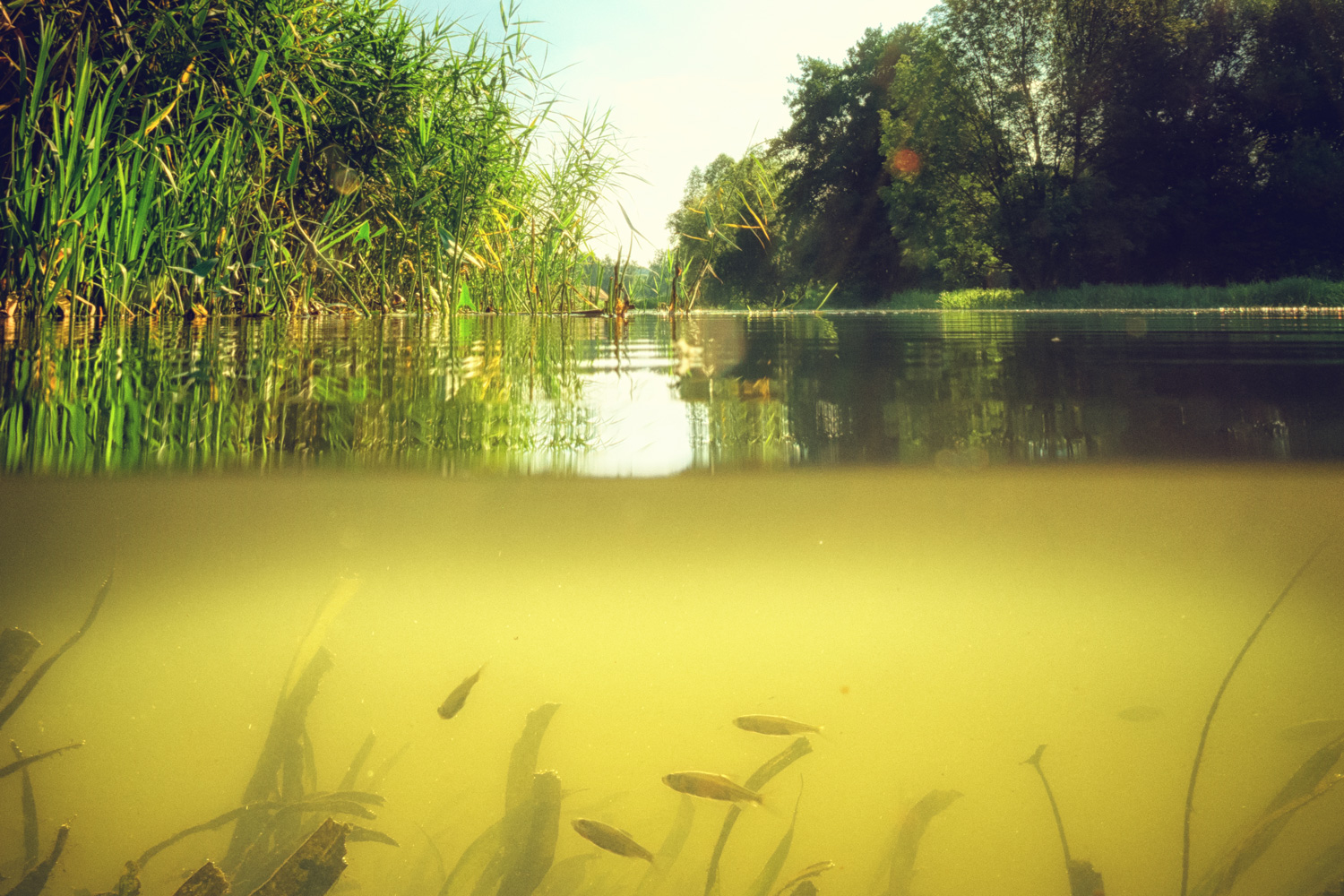Water
-

Water-wise landscapes not only save water, they save time by requiring less routine care than most traditional landscapes. This publication offers guidelines to help you achieve these goals and conserve water when managing your landscape.
Sheri Dorn
|
-

Low-energy input systems that utilize microalgae and the natural biological process of photosynthesis can drive efficient wastewater treatment systems. This publication describes the use of microalgae in wastewater treatment.
Brian H Kiepper
|
-

This publication includes three parts. Part 1 discusses stormwater as a pollution source for streams and water bodies, and provides a background on why rain gardens in our landscapes have great environmental value. Part 2 includes a thorough definition of rain gardens and their purpose, and gives step-by-step instructions on how to design a rain garden for a specific site. Part 3 discusses appropriate plants to use in rain gardens.
Bodie V. Pennisi and Rose Mary Seymour
|
-

Do you want a landscape that is beautiful, saves you time, effort and money and uses less water? If you do, a water-wise landscape is for you. Water-wise landscapes are designed, organized, and maintained by practices that use water strategically and wisely. Follow the seven basic steps outlined in this guide to create a beautiful water-wise yard or home garden.
Bodie V. Pennisi, Clint Waltz, and Sheri Dorn
|
-

In 2004, the Georgia General Assembly passed and the governor signed House Bill 579, which required all permitted irrigation withdrawals in Georgia to be metered by 2009, depending on available funds. Farmers are continually trying to manage their irrigation systems to increase yields and improve the quality of food and fiber. Some management examples include end gun shut-offs (repaired or installed), uniformity tests, installing new sprinkler packages and improved irrigation methods. Each of these methods help improve the system, reduce costs and distribute more of the pumped water to the growing crop. The agricultural water meter also can be used for improved yields while conserving water.
Kerry A. Harrison and Gary L. Hawkins
|
-

Dry weather tests pond design limits for water retention, watershed area and depth. Without adequate rainfall, ponds and the property around them lose value and the pond owner can lose the fish or have to spend substantial amounts of money for weed control or pond renovation. Over the past decade, drought conditions have been the normal weather pattern across the southeastern United States. Pond design and water management options should be considered each year to plan ahead for drought effects.
Gary J. Burtle
|
-

With recent droughts and increased emphasis on water conservation, rainwater harvesting (RWH) has become an important alternative source for outdoor irrigation. RWH is the collection of runoff from roofs during a rainfall event. The water is conveyed through a gutter
system, filtered and stored in a tank for later use. In Georgia, non-potable harvested rainwater can be an alternative water supply for uses such as washing vehicles, landscape irrigation, livestock and wildlife watering, cooling towers and toilet flushing.Frank P. Henning, Gary L. Hawkins, Ellen M. Bauske, and Sheryl Wells
|
-

Educating yourself on the basics of your utility’s rates and rate structure, you can determine how your water bill is calculated, double check to make sure you are being charged the correct amount, and make the most cost-effective decisions for reducing your bill through water conservation.
Brian H Kiepper
|